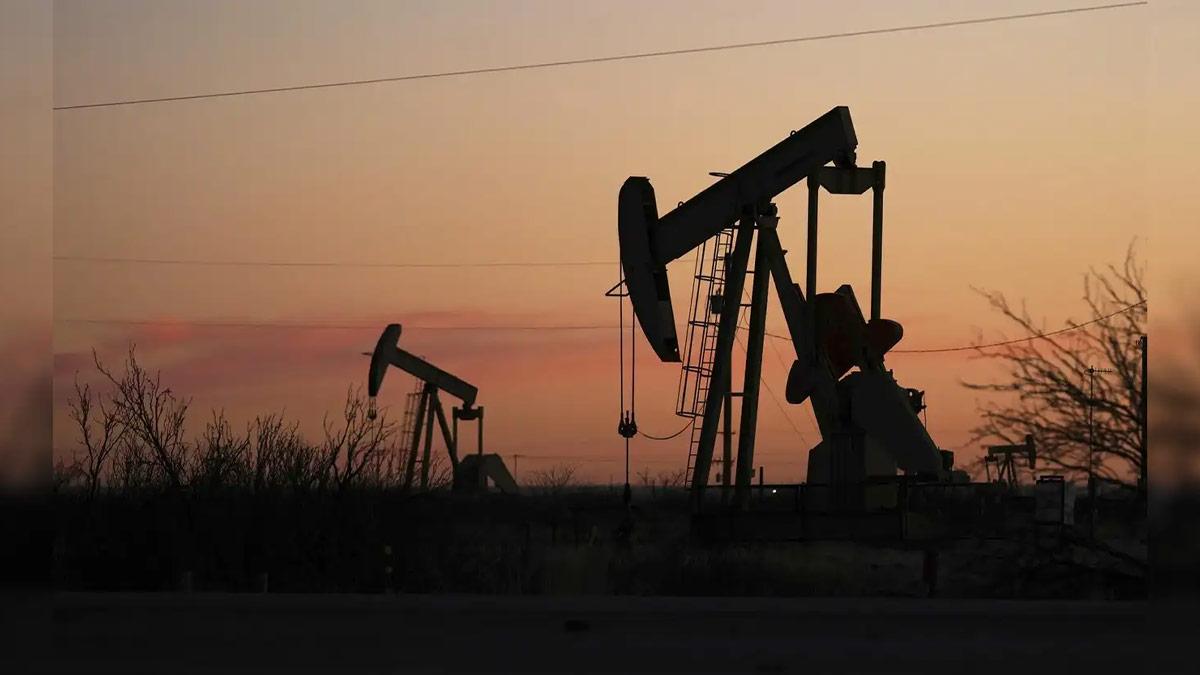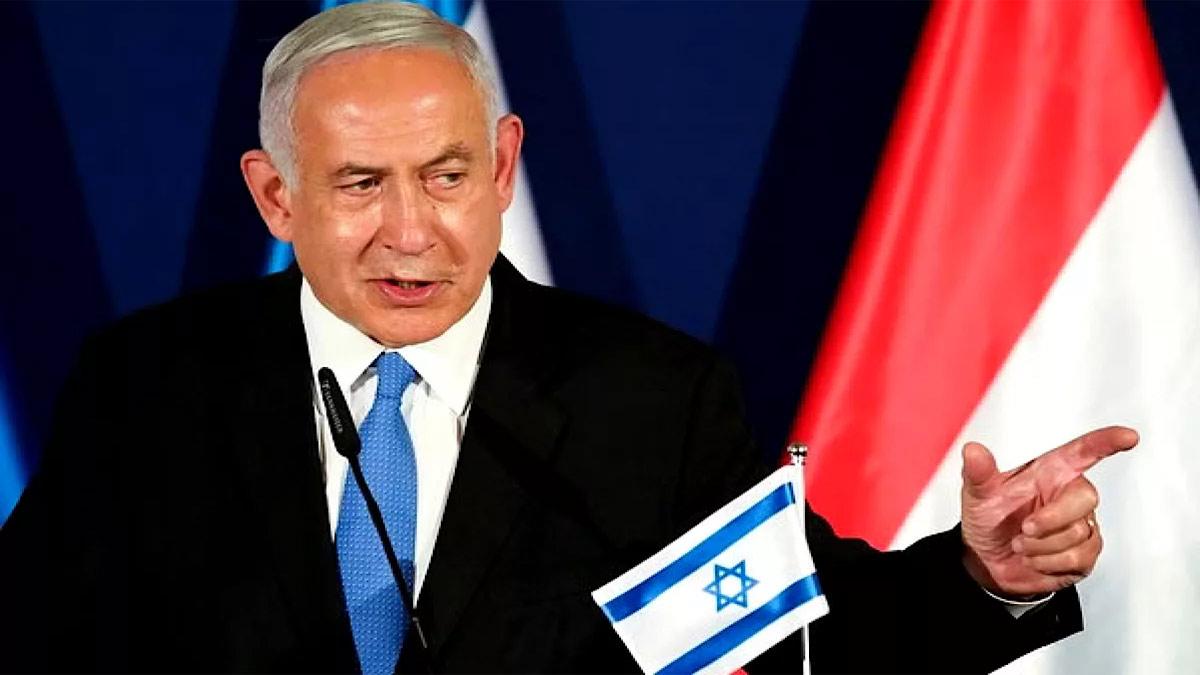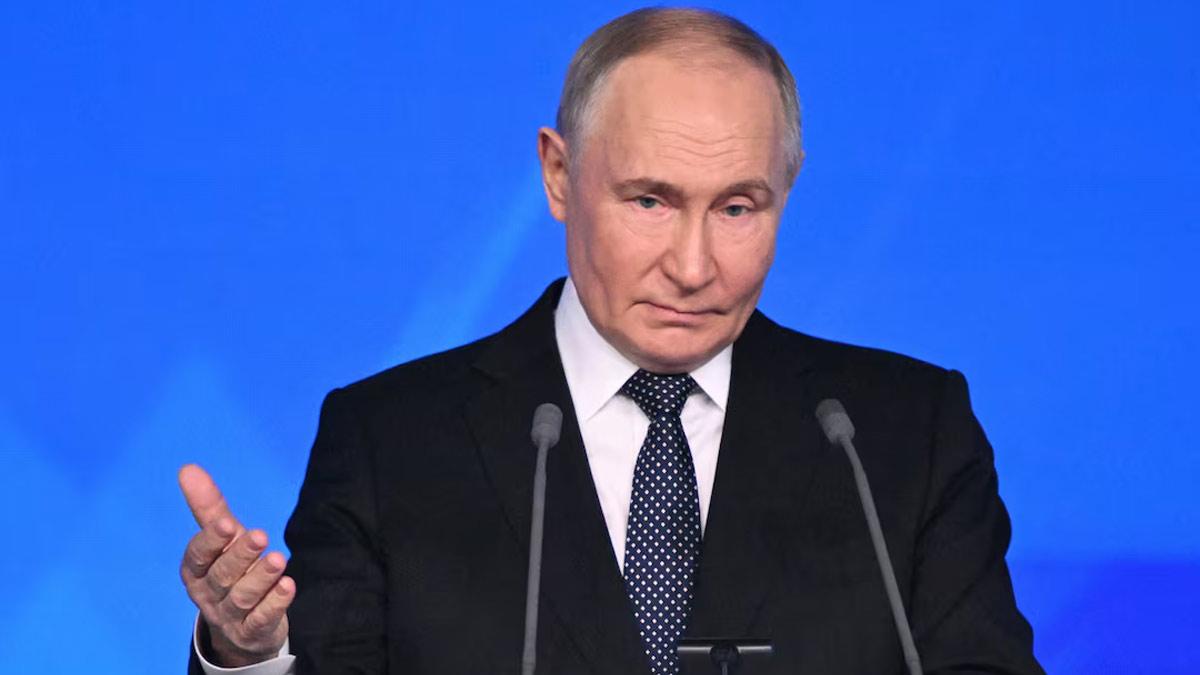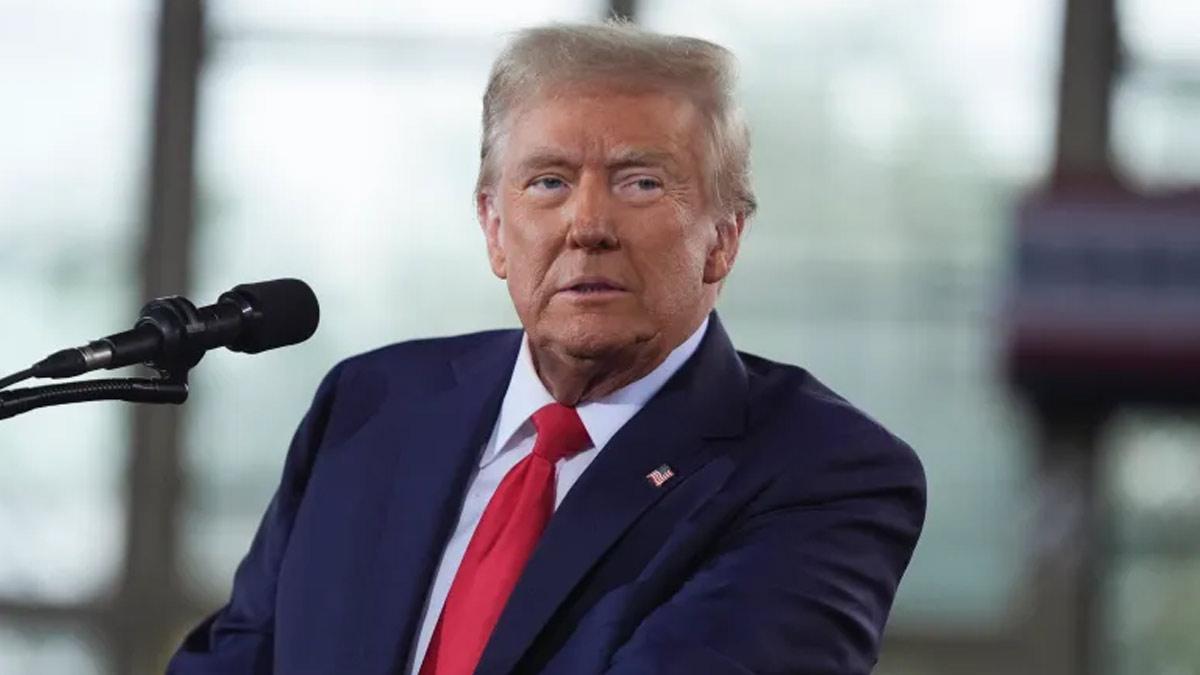India, which is said to have strategic crude stocks adequate for about 90 days, would gain from Saudi Arabia's capacity to divert its oil exports via the Red Sea route.
The option of diversion keeps the supply stream constant given the increased fears about the security of the Strait of Hormuz, a report published on Monday stated.
Saudi Arabia now provides around 18–20% of the crude oil requirement of India. Due to the Petroline-Yanbu pipeline, a significant portion of this oil will still find its way into Indian refineries even in the event of any disruption at the Strait of Hormuz.
“Although some logistical constraints and higher freight costs may persist, Saudi’s diversified export infrastructure, combined with India’s flexible sourcing strategy, reduces the likelihood of a sharp supply shortfall from this key partner,” noted the report by Yes Securities.
The energy industry is now confronted with increased threats after the Iranian Parliament approved a resolution to consider closing the Strait of Hormuz, following U.S. military strikes against Iranian nuclear facilities. Since the strait is a key transit point for international oil trade, the potential ramifications are important.
For India, which exports more than 35% of its crude oil and 42% of its liquefied natural gas (LNG) via the Strait of Hormuz, the near-term challenge is the likelihood of delays and increased transport costs.
"Yet, India's changing import pattern gives it a solid cushion – Russian deliveries (2.2 mb/d in June) now surpass combined supplies from the Middle East, while US, West African, and Latin American additions pass Hormuz by," the report added.
Currently, India’s daily crude imports stand at 5.5 mb/d, of which approximately 2 mb/d—over one-third—passes through the Hormuz route. Despite this dependence, the country's procurement approach has shifted significantly since 2022.
"Russian imports already surpass all of the Middle Eastern suppliers' combined. Imports from the US (0.44mb/d), Brazil, West Africa, and even Latin America provide alternative paths circumventing Hormuz through the Suez, Cape of Good Hope, and the Pacific Ocean. India can make sure supplies rise from Russia, the US and others," the report stated.
While concerns regarding a full closure of the Strait of Hormuz have returned, past trends indicate Iran is not likely to enact a full-scale blockade. Not only would it impede its own shipments—96% of which transit through Kharg Island—but it might also jeopardize relations with major customers such as China and invite retaliatory military measures.
"Analysts put the likelihood of a complete shutdown at 'very low', while probable outcomes involve brief interludes (24–72 hours). Even so, such interludes may still inject high levels of volatility, thicken tanker availability (already evident in declining Middle East and Gulf (MEG) bound empty tankers) and trigger risk premiums on oil and product markets," the report continued.
Read also| Watch| Putin Responds to Question on Russia’s Lack of Support for Iran
Read also| Iran’s Military Warns Trump: ‘You May Start the War, But We Will End It’


















